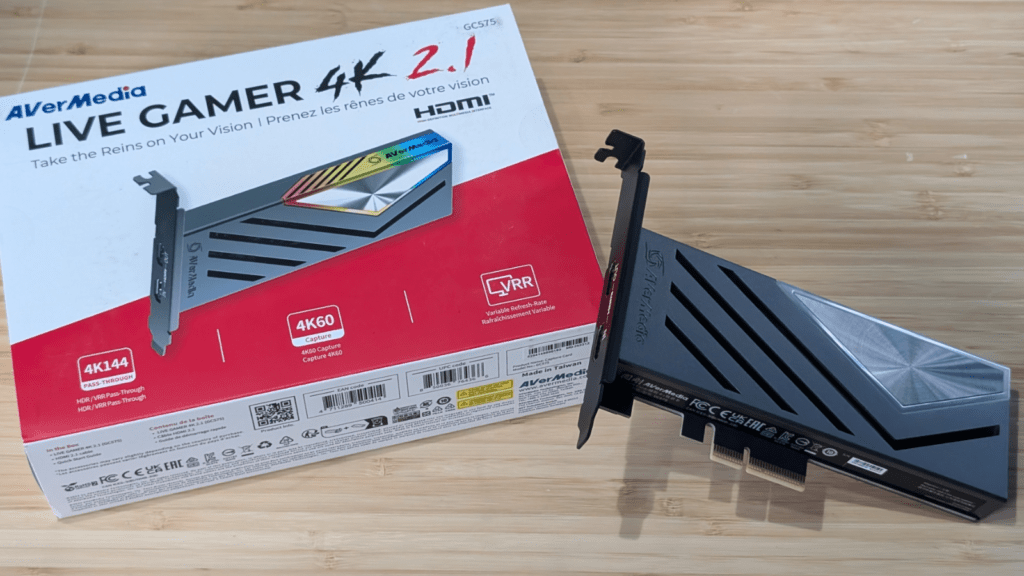
When it comes to capture and streaming, we want it to be quick and simple. Not long ago, it required an octopus of cables to connect your TV or receiver to the console, as well as a lot of configuration and hoping that the results were useable. What if I told you it can now be done with a single cable? What if I also told you that you could now capture at 4K/60 while maintaining your console’s full refresh rate without having to set the source to only 60fps? That’s exactly what the AVerMedia Live Gamer 2.1 4K PCIe capture card seeks to do.
If the AVerMedia Live Gamer 4K 2.1 sounds familiar, it’s because the “2.1” is new, but the rest has been seen before. This is an update to a card released by the club in 2018 and recorded in 4K/60. So, what does this new card provide to the table that the prior one did not? Well, quite a lot, actually. First and foremost, it supports HDR (High Dynamic Range Lighting) and VRR. Second, the fastest pass-through resolution and refresh rate combination was 2160p60 (sometimes known as “4K/60”). This implies you’d need to set the game console to 4K/60, then limit the capture and output to 4K/60. When games support 120Hz or 144Hz, you’ll want your graphics card to perform the same, right? That was absolutely impossible before today.
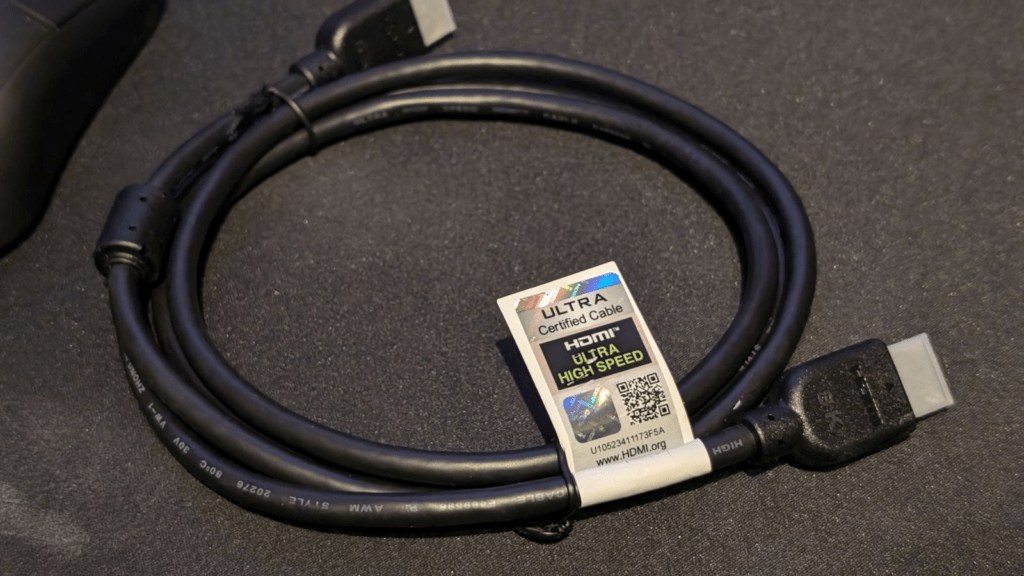
If you’ve captured video on the PlayStation 5 or Xbox Series X|S, you’ve encountered the limitations. The.webm format is poor for editing; the.mp4 choice is limited to an hour, compressed, framerate limited, and, worst of all, may abruptly cut out with a “This scene cannot be captured” message. Both consoles are likewise limited to one hour, regardless of storage capacity. Streaming directly has just as many limits; didn’t I say it was easier nowadays? Here’s where an external capture device comes in.
You should be aware that, with the appropriate titles, the PlayStation 5 can achieve 4K resolution, 120Hz refresh rate, variable refresh rate (VRR), and high dynamic range lighting. The Xbox Series X goes a little higher, with a refresh rate of 144Hz. It’s also highly possible that the future pro version of the PlayStation 5 will be able to easily attain those figures (and possibly 144Hz if rumors are true), assuming you have the rest of the components in that chain. The device name, AVerMedia Live Gamer 4K 2.1, clearly states this. In this example, the 2.1 stands for HDMI 2.1, so let’s look into it after we’ve installed it.
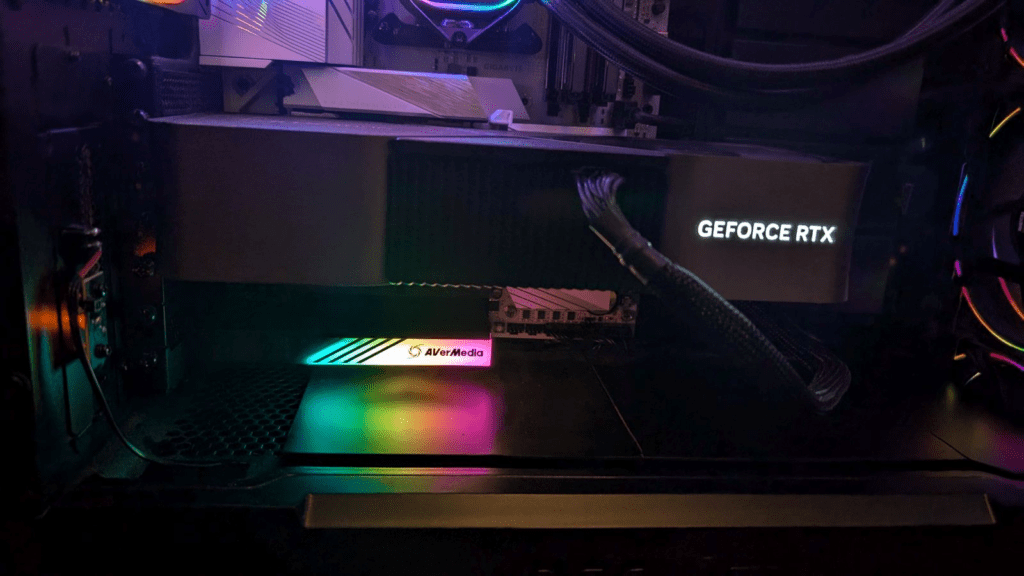
Installing the Live Gamer 4K 2.1 requires an open PCIe Gen 3×4 slot. The good news is that’s probably the lowest position on your motherboard, and it’s unlikely to be in use. Even on older motherboards, it will meet Gen 3×4 requirements. From there, simply press it in and secure it as you would any other card; no cords, power wires, or other accessories are necessary. Surprisingly, no driver is required. That is, if you don’t want to use AVerMedia’s software, you don’t have to; simply launch OBS, and it will identify and utilize its full capabilities. That being said, don’t miss out on RECentral 4; it’s come a long way. Now that it’s installed and turned on, let’s speak about cabling.
HDMI 2.1 is a relatively new development in the HDMI specification. Like USB, the powers that be have made the naming standard overly convoluted. HDMI 2.0 enabled 4K resolution at 60fps over the wire. HDMI 2.0b offered the same frame rate and resolution, or 120 and 144 Hz refresh rates, but in 1080p. It wasn’t until HDMI 2.1 that we could attain 4K resolution at 144 Hz, 8K at 60 Hz, and even 10K at 30 Hz. It’s crucial to understand, however, that everything in your chain must be compatible. This means that if you’re utilizing a TV, a receiver, cables, and a console, all of your displays, receivers, and consoles must be capable of reaching the desired console and resolution. The Live Gamer 4K 2.1 comes with a short 4K/144Hz cable (which is labeled, thank you very much), however depending on where you set your console, it may not be long enough. I prefer these JSAUX cables since they are affordable, meet all of the specifications, and come from a business we know and trust.
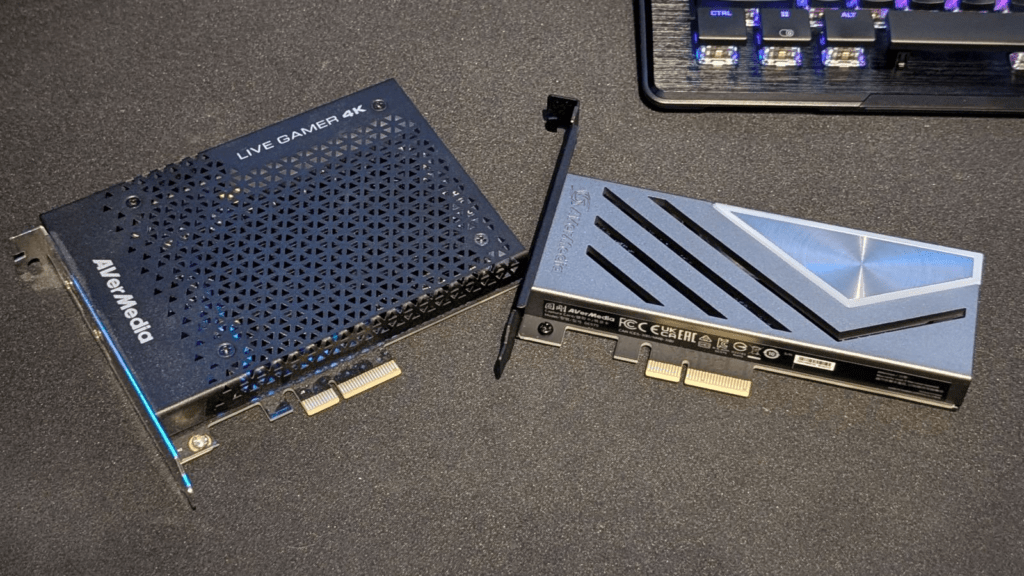
By comparison, the 4K 2.1 is around half the size of its predecessor. While this isn’t surprising given the way technology advances, it wasn’t a big ask – the old one wasn’t particularly large to begin with, but AVerMedia has made it more sleek and elegant. On the exterior edge, there is a full RGB white plastic portion with the word “AVerMedia” printed on it. The supplied software supports Windows Dynamic Lighting (at least on Windows 11), ASRock Polychrome Sync, MSI Mystic Light Sync, and Gigabyte RGB Fusion 2.0. Yes, it will bounce and dance to whatever game you’re playing, and you can turn it off if you want, but it has other applications as well. .If there is a fault in the chain (for example, a cable that is not entirely installed), it will be solid red to indicate that it is not yet ready for capture (no device identified), flashing blue (updating firmware), a rainbow (ready to go!), and a few more. If you’re grumpy, you can turn it completely off.
After installing and powering up the card, launch the AVerMedia Assist Central app. This tool will joyfully and effortlessly upgrade the firmware with a single click. I don’t usually write about the side software for most hardware because it can be somewhat bloatware-like, however both RECentral 4 and Assist Central are quite lightweight and do not run in the background when not in use.
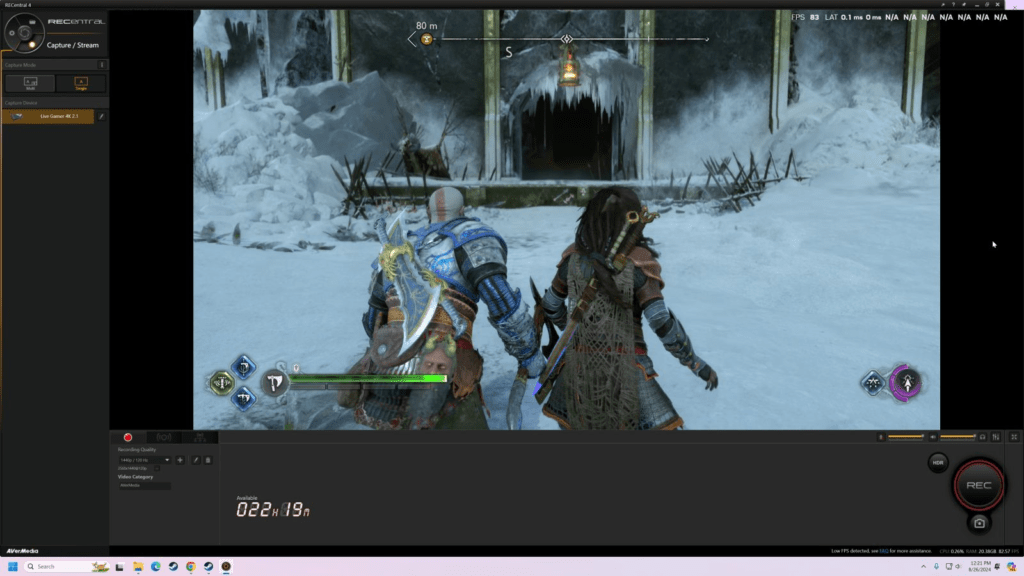
I really prefer this PCIe card to the AVerMedia Live Gamer Ultra 2.1. It’s not because of differences in capabilities; they’ll both deliver all we’ll discuss in this evaluation; rather, it’s because of simplicity. With a single connection, I can connect whatever console I own, from my NES Mini to my PlayStation 5 or Xbox Series X, and capture quickly. Why? This single card covers all capture resolutions, from 480p to 4K. Furthermore, it is ideal for eSports, capturing a blisteringly fast 1080p at 360 Hz, 1440p at 120 Hz, and 2160p at 60 Hz. It can also handle ultra-wide (3440x1440p) at 100 Hz, which I believe is exclusive to this device. All of this isn’t new; most of this capacity was available on the card’s predecessor, as discussed in my 2018 review. The passthrough capabilities are what distinguishes this card and makes it potentially worth an upgrade, as well as the first pick if you’re starting from scratch.
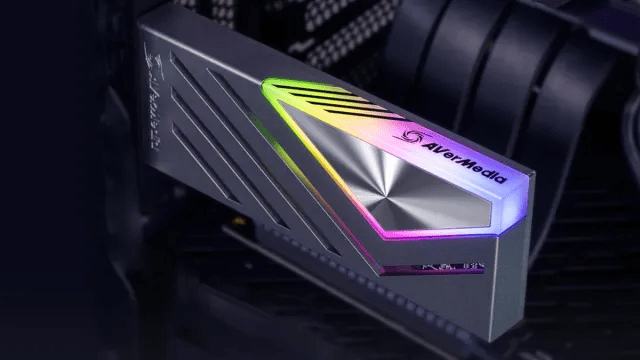
With any other capture unit, you must set your source’s resolution and refresh rate to the greatest available level, but you are then compelled to play at that level. That implies that if you want to play a game like Devil May Cry 5: Special Edition at 120 Hz (it usually hovers around 100 Hz), you can’t because the capture rate is 60 Hz. With the Live Gamer 4K 2.1, this is no longer the case. This card allows you to capture at 4K/60 while simultaneously playing at up to 144Hz and 4K resolution. There’s also a long list of titles that support 120Hz at full rate. A Plague Tale Requiem, Atomic Heart, Bright Memory Infinite, Deathloop, F1 22 and F1 23, Ghostwire Tokyo, Gran Turismo 7, Hogwarts Legacy, Horizon Forbidden West, WRC 9 and 10, XDefiant, and other titles support 120 Hz at full 4K. A much longer list will use VRR to modify both framerate and resolution, allowing the game to run as quickly as possible while appearing as nice as possible on PlayStation 5. The Xbox Series X supports 4K with the Battlefield series, Apex Legends, Destiny 2, ExoMecha, Gears 5, Halo: The Master Chief Collection, JYDGE, pretty much all of the LEGO series, Mad Max, the Metro series, Minecraft Dungeons, Persona 3 and 4, the Resident Evil remakes (2 and 3), as well as RE7: Biohazard, Star Wars: Squadrons, both Titanfall games, and many more, with a much larger list doing exactly what I described with variable refresh rates and resolutions. It’s fantastic to be able to record at full resolution and speed while also being able to play it lag-free and at high refresh rates in games where every frame counts in order to get split-second timings. When frames form games, the last thing you want is for your capture card to fail, which happily will not happen here.
Now that we’ve learned about HDMI specifications, it’s safe to conclude that capture systems have been lagging behind consoles for a time. The PlayStation 5 and Xbox Series X|S were released four years ago, but received 120Hz support in April 2021. Until capture systems accepted HDMI 2.1, 4K/60 was the best you could get. That’s no slouch, as evidenced by the capture below, but capturing it exactly as the developer meant is a different problem entirely. Let’s have a look at what this card can provide at 4K/60 with Stellar Blade on PS5 in Performance Mode. Before we begin, I’m double-capturing, demonstrating the game in motion while simultaneously displaying the process of capturing it – effectively recording the capture of the capture. I seriously doubt it will have any effect because my PC has more than enough horsepower to process the capture, but what you’re seeing is AVerMedia’s RECentral 4 running to capture the output from the PS5, with NVIDIA’s FrameView displaying framerate in the corner, and the output of all of that being captured by NVIDIA’s capture application. Let’s start with Stellar Blade, which needs precise timing to perfectly parry the critters you meet. I’ll be utilizing Performance Mode, which enables the game to run at 60fps at 1440p.

Let’s turn this up a notch. Some games, like God of War: Ragnarök, benefit greatly from achieving the 1440p/120 sweet spot. Remember that YouTube cannot display 1440p/120, so perhaps the smoothness of the combat expresses this. I’m rusty, so please excuse my skill gap.
The final topic we always discuss in hardware reviews is warranty and pricing. Because this is a multigenerational upgrade, we have some information on earlier capture unit failure rates. I’ve been using one in my PC for years, and another staff member also has one installed. So far, over a half-decade or more, the failure rate has been zero. AVerMedia provides a three-year warranty to ensure that it will meet your needs for many years to come. Even better, AVerMedia employs a common software package for all of their devices, so software support should be available for quite some time. In fact, I don’t think I’ve seen a gadget drop off the list yet. The card is now on sale for Finally, the AVerMedia Live Gamer 4K 2.1 is an amazing advance, surpassing its predecessor. It takes everything that worked with the previous generation, adapts to the needs of the new consoles, and is prepared for whatever comes next. It doesn’t get any easier than this.
$219, which is a great deal considering what it can perform right out of the box. There are undoubtedly cheaper solutions available, but none with the Live Gamer Ultra 2.1’s passthrough features or driverless ease of use. It supports all current-generation consoles and will most likely work well on whatever comes after. If you are serious about streaming or capturing, this is the way to go.
